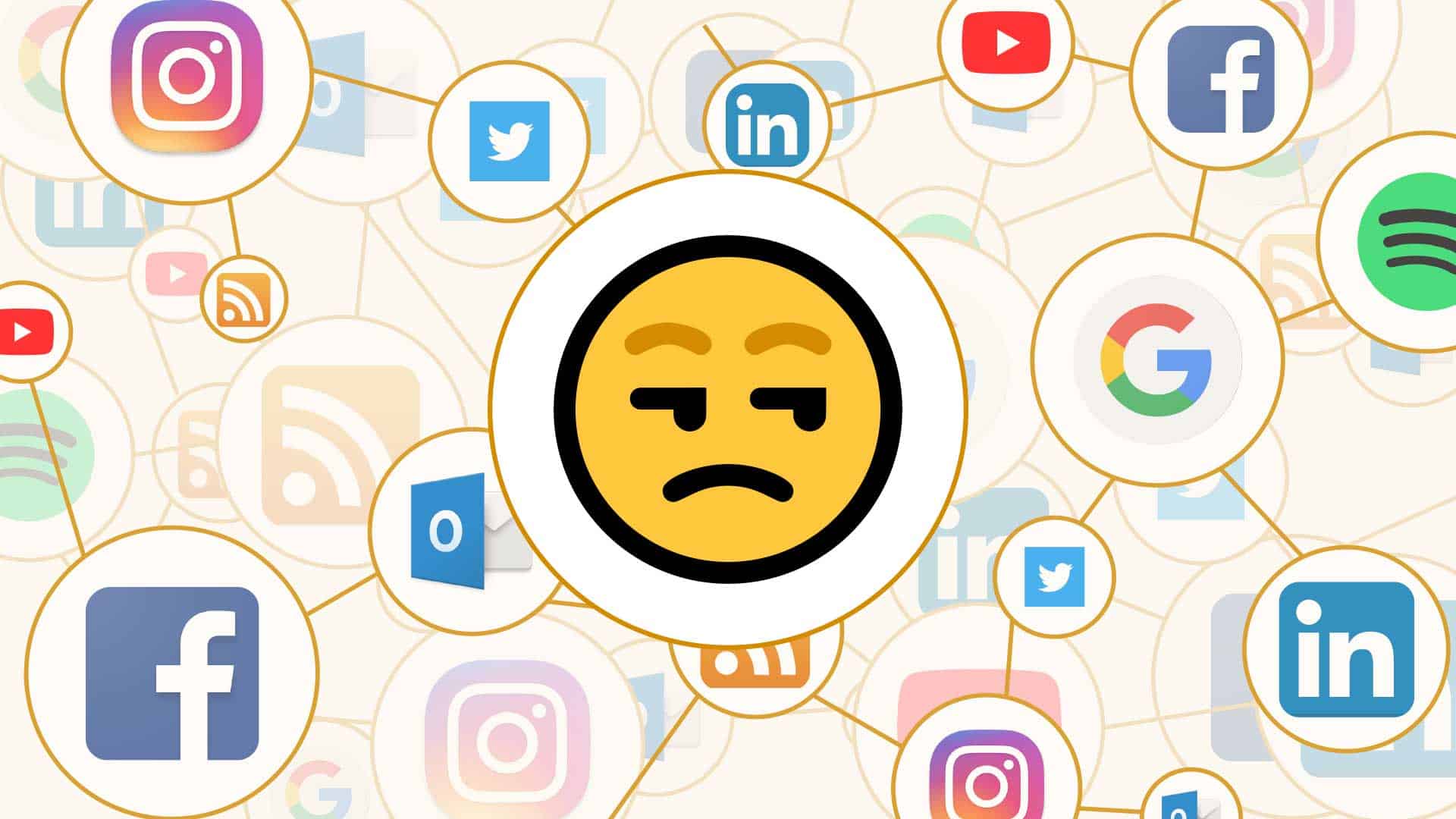
Some digital marketing campaigns today make me feel like a downright curmudgeon. Before I attended the Digital Marketing Summit in Seattle, I assumed that was because a) I am, or b) I’m not the target audience. The summit provided perspective on where big shifts in digital marketing have taken us all—marketers and consumers alike—and helped to dispel a few myths that have made the digital marketing waters murky. The biggest revelation for me was that good digital marketing should come from good marketing, but not all of it does, and that can make the marketer in all of us feel like a grump.
Major platforms are not channels
Digital marketing arose from the creation of new channels that we rely on today to reach consumers. Platforms that originally established themselves as free, democratic aggregators and distributors of information across web and mobile channels (such as Google, Facebook, Twitter, YouTube, and the App Store) are becoming markedly less democratic and (surprise!) more fee-biased.
Rand Fishkin talked about how Google strips content from sites to create a no-click search experience that keeps customers on its page instead of linking out to yours. He shared research on how Facebook and YouTube similarly discourage people from sharing URLs in order to keep eyeballs on their sites.
Brands can still create value through these platforms, however it’s important to understand what they offer versus what we want them to offer, how to play within the rules of their ever-changing algorithms, and—above all else—how to use these platforms to complement the marketing strategy for the channel and not vice versa.
Entertainment is not marketing
Everyone agrees that content is still key to engagement. However, the iPhone and social media make it increasingly harder to know the difference between gratuitous entertainment and entertaining marketing. For example, you could argue that capturing Lady Gaga’s performance of “Bad Romance” in front of a business and spreading it on social media promotes awareness of the business. You could also argue that investing that same time and money into creating a “bad romance” campaign to support your value prop will lead to higher quality customers.
Both arguments have merit. The call ultimately comes down to your brand, your business, and your customers. As marketers, it’s important we challenge ourselves to not get caught in the media sparkle and evaluate each campaign for how the content can contribute to the brand and business overall.
Digital marketing is not magic pixie dust
In my favorite session of the summit, April Dunford spoke about how to position complex products in a crowded market. As promised, her message was Obviously Awesome: frame your product by focusing on its most valuable attributes. Her shorthand, like her presentation style, was colorful and direct:
- Your solution + The right market context = Effective but boring
- Ex) We make popsicles for kids who like popsicles.
- Your solution + The right market context + Trend = Effective and SPICY!
- Ex) We make popsicles for kids who like popsicles and deliver them poolside when kids call from the popsicle hotline.
- Your solution + Trend = Confusing
- Ex) We make popsicles and there’s a poolside hotline.
- Market context + Trend = ?
- Ex) For kids who like popsicles, there’s a poolside hotline.
April made the point that good digital marketing must be grounded in smart marketing as part of a larger strategy.
In the throes of digital evolution, we need to invest in activities that are built on facts not myths. When in doubt, continue to put quality brand work at the heart of everything and build a digital strategy around the elements you can fully own—it’s a surefire way to win over the staunch marketing curmudgeons.
Ready to move your business forward in our digital world without compromising your voice, your brand, or your ownership? So are we.

